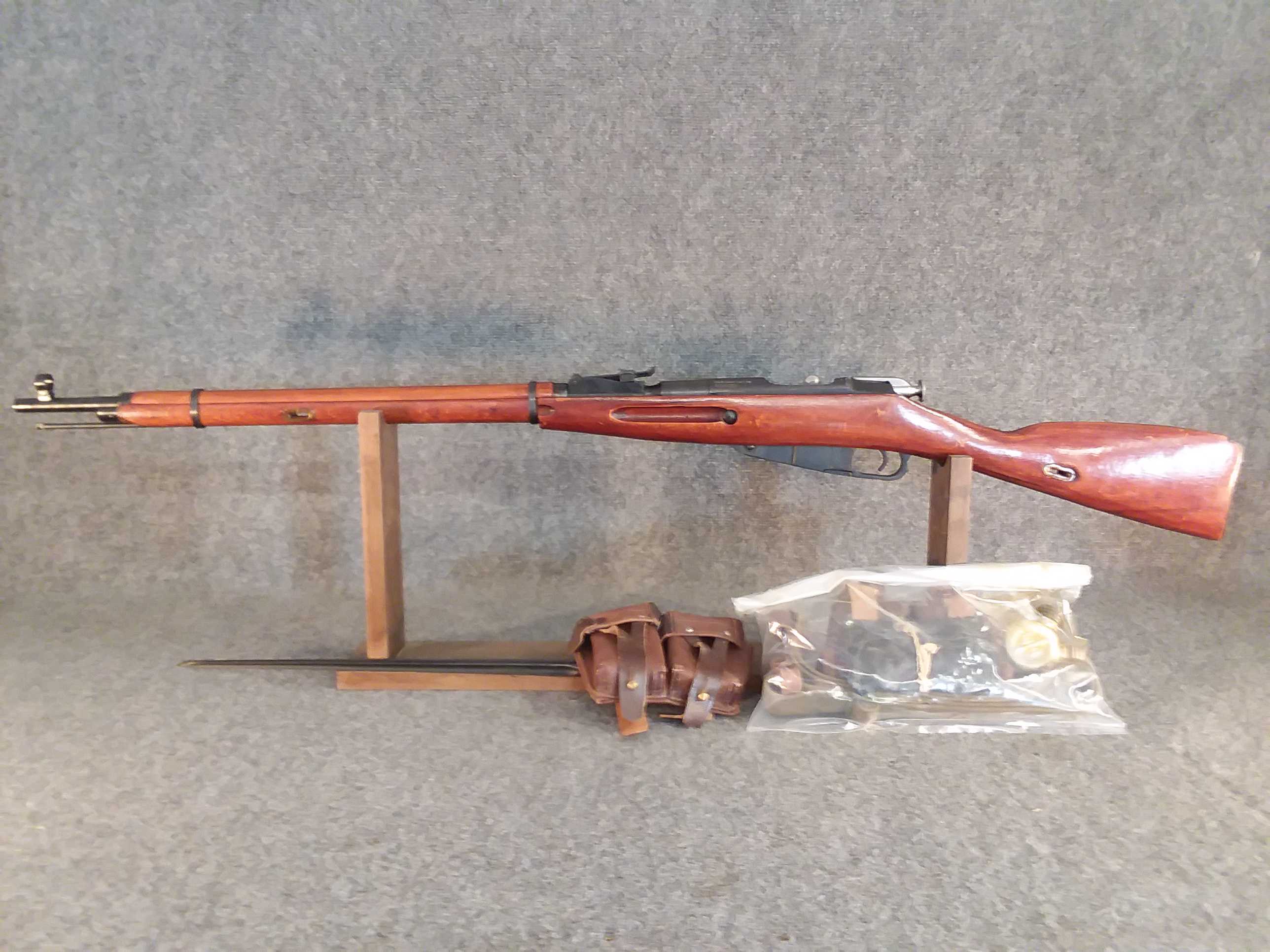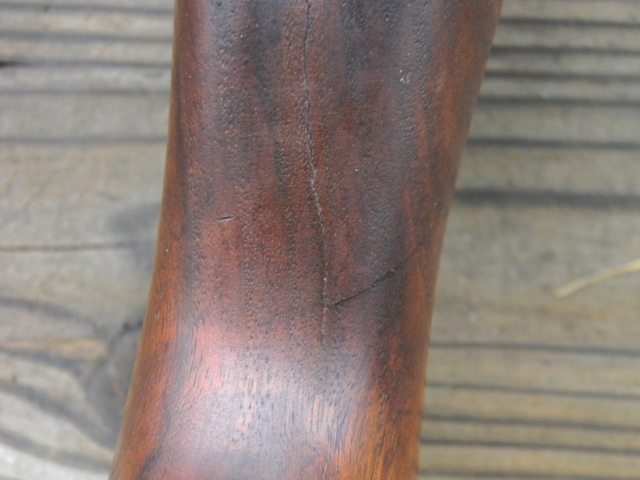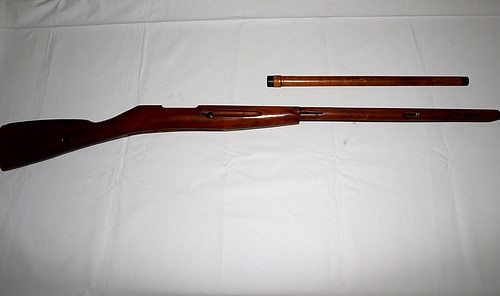

The corrosive rounds were worth about 9 cents apiece at the time (how I miss those days), so I kept things simple and forked over $10 for them. To this day I still have no idea where that ammunition was made.

Soon after, I bought about a 100 rounds of loose 7.62x54 mm R cartridges taken out of a mysterious surplus "sardine" can from the same brother-in-law who sold me the rifle.
#MOSIN NAGANT WOOD STOCK CRACK SERIAL#
However, the blued steel was free of rust, the bore was clean, the bolt cycled smoothly and all of the serial numbered components matched. The rifle that followed me home that day was missing its cleaning rod and the wooden stock showed some wear and tear. Their historical background, low price tag and affordable surplus ammunition supply have made them a popular buy. For years now, surplus M44 rifles, as well as other Mosin-Nagant variants, have been imported for sale on the American market.

This carbine-length version of the Soviet M38 had a first time production run from 1943 to 1948 when it was issued to a wide range of Red Army soldiers. It’s chambered in the 120-year old 7.62x54 mm R, a rimmed bottleneck rifle cartridge with ballistics comparable to the. The Model 1944 (M44) features a 20.5-inch barrel, a side-folding cruciform-spike bayonet and adjustable sights tangent-graduated to 1,000 meters. My brother-in-law, who worked there at the time, made arrangements for me to hand pick a rifle from among the surplus Russian Mosin-Nagant M44 bolt-actions the company had in stock. Back in 2001, I received a trip to a local sporting goods store as a Christmas present.


 0 kommentar(er)
0 kommentar(er)
